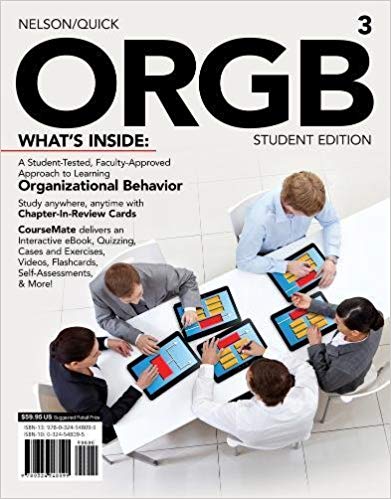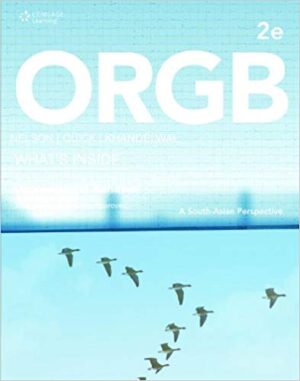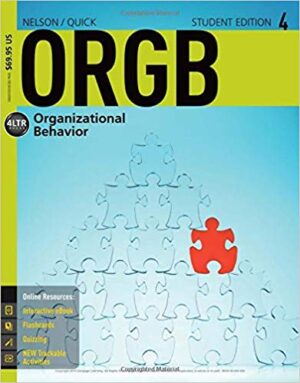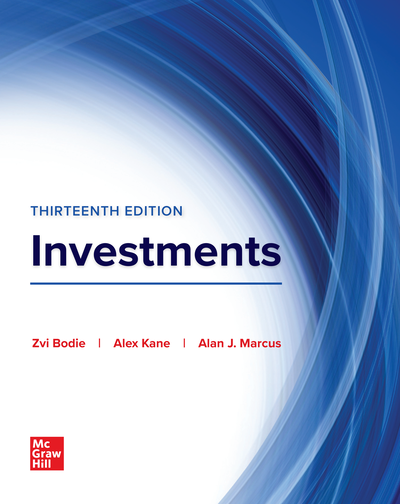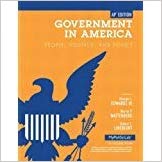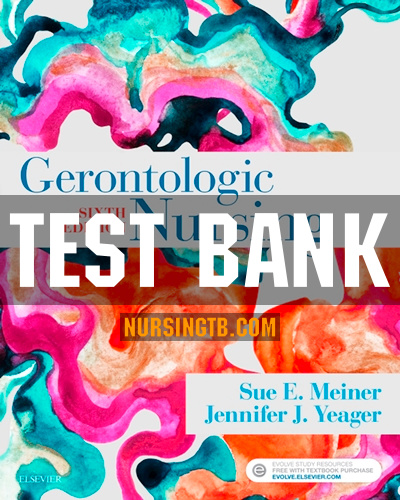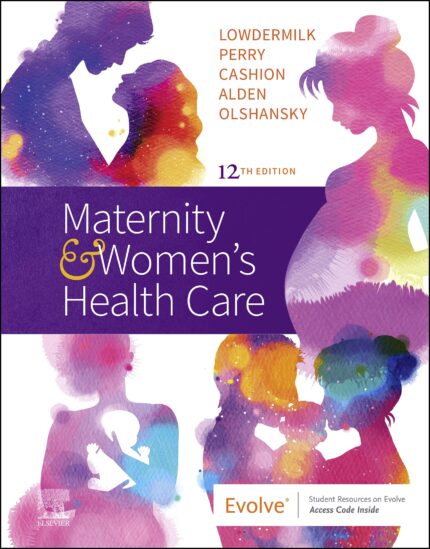ORGB 3 Student Edition 3rd Edition by Debra L. Nelson – Test Bank
Do you need test banks fast? eTestBank.net is the best test bank website for you! Download your test bank right after you pay. No waiting!
Why eTestBank.net is Great:
✅ Instant Download:
Get your test bank right away after payment.
✅ Unlimited Downloads:
Download your test bank anytime and as many times as you want.
✅ 24/7 Live Help:
We are here to help you all day, every day.
✅ Guaranteed Delivery:
If you don’t get the download right away, we will send it to you in 3 to 6 hours.
How to Get Your Test Bank:
- Pick Your Test Bank: Choose from many test banks.
- Pay Safely: Pay securely on eTestBank.net.
- Download Instantly: Get your test bank immediately after payment.
- Download Anytime: Unlimited downloads whenever you need them.
Need Help? Contact Us:
📧 Email: [Support@etestbank.net]
📱 WhatsApp: [https://wa.me/message/MC222DLQ4GDXL1r]
Didn’t Get Your Download?
Don’t worry! If you don’t get the file right away, we’ll send it to you in 3 to 6 hours. Need it sooner? Contact us by email or WhatsApp.
💡 Buy now from eTestBank.net for instant downloads, unlimited access, and 24/7 support—get your test bank today!
CHAPTER 4—ATTITUDES, EMOTIONS, AND ETHICS
MULTIPLE CHOICE
1.In managing organizational behavior, the importance of attitudes:
|
a. |
is determined by observation |
|
b. |
rests with understanding non-productive behavior |
|
c. |
lies in their link to behavior |
|
d. |
can be assessed from observing non-work behavior |
ANS: C PTS: 1 DIF: Moderate REF: p. 55
OBJ: 1 NAT: AACSB Reflective Thinking | Individual Dynamics
TOP:AttitudesMSC:BLOOMS Level II Comprehension
2.An individual’s psychological tendency expressed by evaluating an entity with some degree of favor or disfavor reflects:
|
a. |
an attitude |
|
b. |
one’s mood |
|
c. |
values |
|
d. |
beliefs |
ANS: A PTS: 1 DIF: Easy REF: p. 55
OBJ: 1 NAT: AACSB Reflective Thinking | Individual Dynamics
TOP: Attitudes MSC: BLOOMS Level I Knowledge
3.All of the following are indications of affect except:
|
a. |
he believes that young employees are error prone |
|
b. |
she dislikes eating lunch in the company cafeteria |
|
c. |
he prefers group discussion |
|
d. |
she likes the new phone system |
ANS: A PTS: 1 DIF: Moderate REF: p. 55-56
OBJ: 1 NAT: AACSB Reflective Thinking | Individual Dynamics
TOP: The ABC Model MSC: BLOOMS Level III Application
4.Asking an employee whether he or she would use a new computer software package is an attempt to determine:
|
a. |
affect |
|
b. |
cognition |
|
c. |
dissonance reduction |
|
d. |
behavioral intent |
ANS: D
See also Table 4.1.
PTS: 1 DIF: Moderate REF: p. 56 OBJ: 1
NAT: AACSB Reflective Thinking | Individual Dynamics TOP: The ABC Model
MSC: BLOOMS Level III Application
5.An individual does not have an attitude until he or she responds to an entity on a:
|
a. |
personal, cognitive, and behavioral basis |
|
b. |
cognitive, interactive, and behavioral basis |
|
c. |
behavioral, affective, and interactive, basis |
|
d. |
cognitive, behavioral, and affective basis |
ANS: D PTS: 1 DIF: Easy REF: p. 55
OBJ: 1 NAT: AACSB Reflective Thinking | Individual Dynamics
TOP: The ABC Model MSC: BLOOMS Level I Knowledge
6.When one’s attitudes and required job behavior conflict, __________ may develop.
|
a. |
affect |
|
b. |
attitude consonance |
|
c. |
behavioral tendency |
|
d. |
cognitive dissonance |
ANS: D PTS: 1 DIF: Easy REF: p. 56–57
OBJ: 1 NAT: AACSB Reflective Thinking | Individual Dynamics
TOP: The ABC Model MSC: BLOOMS Level II Comprehension
7.Attitudes are learned and two major influences include:
|
a. |
repeated behavior and affect |
|
b. |
direct experience and social learning |
|
c. |
cognitive dissonance and negative affectivity |
|
d. |
random behavior modeling and unconscious motivation |
ANS: B PTS: 1 DIF: Easy REF: p. 57
OBJ: 2 NAT: AACSB Reflective Thinking | Individual Dynamics
TOP: Attitude Formation MSC: BLOOMS Level I Knowledge

